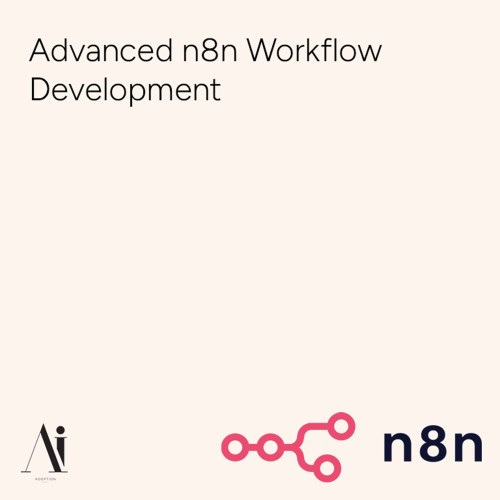
As artificial intelligence continues to evolve, so does the need for a deeper understanding of its increasingly sophisticated concepts and techniques. This ninth installment of our glossary introduces five additional terms that highlight emerging trends and innovations in the field. These concepts reflect the growing importance of efficiency, scalability, and ethical considerations in AI development. Let’s continue expanding our knowledge together.
Sparse Modeling
ELI5 – Explain Like I’m 5
Sparse modeling is like teaching a robot to focus only on the most important parts of a picture, it learns to ignore unnecessary details!
Detailed Explanation
Sparse modeling focuses on identifying and leveraging the most relevant features or parameters in a dataset, reducing computational costs while maintaining performance.
Real-World Applications
Used in natural language processing, image recognition, and recommendation systems to improve efficiency and interpretability.
Cognitive Architectures
ELI5 – Explain Like I’m 5
Cognitive architectures are like building a robot brain with different parts for thinking, remembering, and deciding, it helps robots act more like humans!
Detailed Explanation
Cognitive architectures aim to replicate human-like cognitive processes by integrating perception, memory, reasoning, and decision-making into unified frameworks.
Real-World Applications
Applied in autonomous systems, virtual assistants, and educational platforms to enhance human-AI interaction.
Quantization Aware Training
ELI5 – Explain Like I’m 5
Quantization aware training is like teaching a robot to count using smaller numbers, it makes models faster and lighter without losing much accuracy!
Detailed Explanation
Quantization aware training optimizes neural networks for low-precision arithmetic during inference, enabling efficient deployment on resource-constrained devices.
Real-World Applications
Used in mobile applications, IoT devices, and edge computing to reduce memory usage and latency.
Inverse Reinforcement Learning
ELI5 – Explain Like I’m 5
Inverse reinforcement learning is like watching someone play a game and figuring out their strategy, robots learn what to do by observing others!
Detailed Explanation
Inverse reinforcement learning infers the reward function underlying observed behavior, enabling agents to mimic expert actions effectively.
Real-World Applications
Applied in robotics, autonomous driving, and healthcare to teach machines complex tasks through demonstration.
Self-Supervised Pretraining
ELI5 – Explain Like I’m 5
Self-supervised pretraining is like letting a robot explore a playground on its own before learning specific games, it gets better at understanding everything around it!
Detailed Explanation
Self-supervised pretraining involves training models on unlabeled data to learn generalizable representations, which can then be fine-tuned for downstream tasks.
Real-World Applications
Used in computer vision, natural language processing, and speech recognition to improve model performance with minimal labeled data.
Conclusion
This ninth installment of the Generative AI glossary explores innovative concepts that are driving advancements in AI research and application. From sparse modeling and cognitive architectures to quantization aware training and inverse reinforcement learning, these terms reflect the growing complexity and versatility of modern AI systems. By staying informed about these developments, you’ll be better equipped to navigate the rapidly evolving landscape of artificial intelligence and contribute to its responsible advancement.
 USD
USD  Swedish krona (SEK SEK)
Swedish krona (SEK SEK)





















